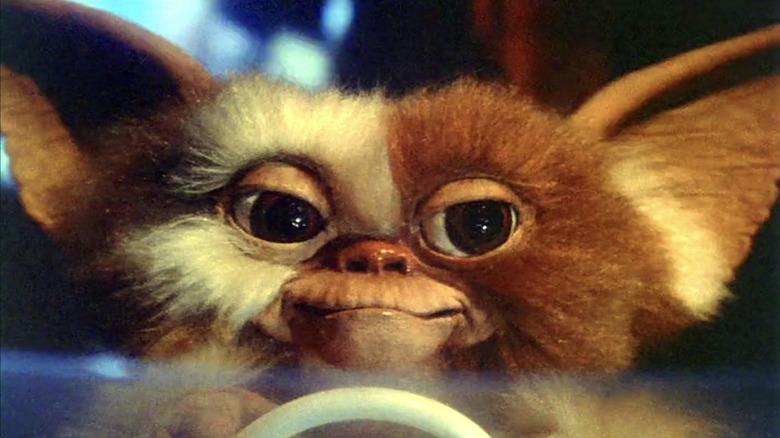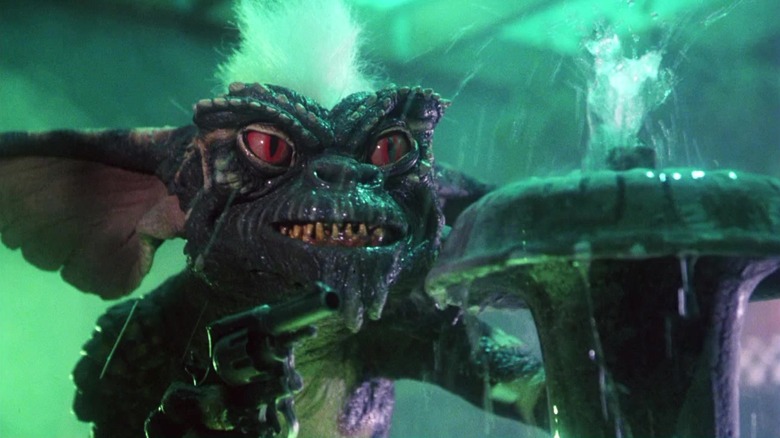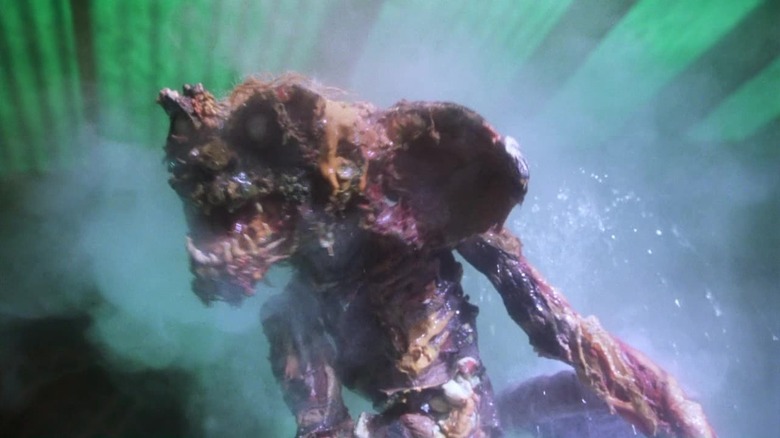The 1980s were a strange time for American cinema. The bleakness of 1970s cinema was falling out of vogue, and several members of the “film school generation” of filmmakers — the ones that broke out in the ’70s — began turning to more complex, effects-based pictures that received giant studio budgets. Fantasy and sci-fi were big business in the ’80s (largely thanks to the success of “Star Wars” in 1977), and the decade’s most popular movies tended to be kid-friendly adventure films. The fantasy films of the 1980s left a deep mark on the Gen-X kids that saw them and, to this day, lists of the Best Films of the ’80s tend to boast genre films like “Back to the Future,” “Raiders of the Lost Ark,” “The Terminator,” “Die Hard,” “The Thing,” et al.
Coming hand-in-hand with the rising tide of commercial fantasy, however, was a powerful, punk-rock, anti-conservative streak. The U.S. was leaning very much to the Right thanks to Ronald Reagan, and a lot of the films of the 1980s looked back to the post-WWII Baby Boom of the 1950s as an idealized era. Some films vaunted the 1950s as a simpler, happier time (if you were a white, straight male), while others sought to rent the 1950s asunder, using movie violence to blow up an idyllic America.
Joe Dante’s “Gremlins” handily rests directly in between those two trends. On the one hand, it’s an impressive, effects-based picture about hundreds of slimy monsters that unleash death and havoc on their victims. On the other, it’s a beatific Christmas movie, set in the Middle American town of Kingston Falls (so named to sound like Bedford Falls from “It’s a Wonderful Life”) where a simple and kind suburban Christmas is interrupted by the invasion of cackling, amused, monstrous agents of chaos. It’s certainly telling that the most visible gremlin in the film sports a punk rock mohawk. “Gremlins” is Dante’s impish vandalization of a Normal Rockwell painting.
Gremlins rips apart 1950s Americana
The story of “Gremlins” only persists through the first half of the movie. It’s Christmastime. The recent high school graduate Billy Peltzer (Zach Galligan) is given a new, mysterious pet by his inventor father (Hoyt Axton). The pet is a mogwai, a furry little gnome-like creature with large ears. Mogwais, though, require special care. Bright lights hurt them, and sunlight kills them. They asexually reproduce, growing offspring from their backs when they get wet. Most importantly, if a mogwai eats anything after midnight, it can create a cocoon, pupate, and hatch out as a slimy, evil, destructive gremlin.
These are the same gremlins, mind you, that pilots talked about during World War II. The gremlins, while wicked and destructive, are also pranksters and party-kids. They smoke, drink beer, and laugh when they set things on fire, including a living Santa Claus. Billy names his pet mogwai Gizmo, after the contraptions his father builds, but he soon whiffs both the second and third rules.
The back half of “Gremlins” shows what happens to Kingston Falls when Gremlins overtake the town, and the entire film descends into comedic madness. The tone of “Gremlins” is perfect, as it’s violent and horrifying, but Dante manages to balance it with a comedic undertone that keeps the violence fun (early drafts indicated a darker tone). There’s a scene late in “Gremlins” where hundreds of the slimy monsters have gathered in a bar where they play poker, smash mugs, and dance. The small town has given ‘way to ’80s punk monsters who don’t care about the idyllic 1950s suburbs.
“Gremlins” tears Christmas to shreds. And audiences at home, perhaps finally fed up with holiday cheer, likely cheer the gremlins on.
Gremlins helped inspire the PG-13 rating
Although set at Christmastime, “Gremlins” was a summer release, hitting theaters on June 8, 1984. although rated PG, it featured many slimy, disturbing, violent scenes of murder and a sequence where a gremlin’s skeleton melts. It terrified little kids. It came just one month after the release of Steven Spielberg’s “Indiana Jones and the Temple of Doom,” another PG-rated film that featured scenes of child slavery, blood, murder, and a moment when a villain uses his bare hand to reach into another man’s chest and rip out his still-beating heart. It’s worth noting that Spielberg also produced “Gremlins.”
“Temple of Doom” and “Gremlins” began a conversation about the way films were rated. “Gremlins” and “Temple of Doom” were, of course, too scary for little kids, but surely didn’t have the sex and violence required to give them an R-rating. Spielberg himself suggested to the Motion Picture Association of America that they implement a new rating — the PG-13 rating — that indicated a midway point between parental guidance and outright restriction.
Two months later, on July 1, the PG-13 rating was in effect. The first film to be released with a PG-13 rating was John Milius’ “Red Dawn,” coming out on August 10. “Gremlins” is a holiday classic so violent and raucous that it changed the way we classify movies. Worth noting: both “Gremlins” and “Temple of Doom” have retained their PG ratings. In 2024, it’s easy to see both films getting PG-13 ratings or even Rs.










